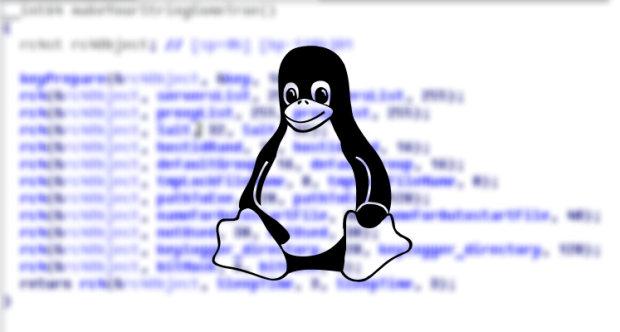Linux. BackDoor.Xunpes trojan lets cyber-crooks take control and execute commands on your Linux machine. Threats to Linux computers are now appearing on a regular basis, and what was once dubbed a “no-virus zone” has started being targeted by malware authors.
The latest of such threats is a trojan with backdoor capabilities named Linux.BackDoor.Xunpes, discovered by Dr.Web security researchers over the weekend.
According to the Russian antivirus maker, this trojan consists of two sections. Thus, there’s a dropper component written in Free Pascal tasked with infecting computers and downloading the second component, which is the actual malware payload, the main body of the backdoor trojan, coded in C.
While the dropper is quite generic and was used for other malware families, the backdoor component, despite being quite small, includes support for quite a few commands.
The backdoor includes support for various operations
Once on an infected computer, the malware author can send over 40 different types of commands to any infected host. All commands are sent through a C&C (command and control) server, which allows the backdoor’s owner to remain semi-anonymous.
After analyzing the trojan’s source code, Dr.Web security researchers said that Linux.BackDoor.Xunpes can execute some of the following commands:
→ Download other files
→ Launch files into execution
→ Copy files
→ Rename files
→ Delete files
→ Create folders
→ Delete folders
→ Run bash commands
→ Simulate keystrokes
→ Log keystrokes
→ Upload keylogger files to a server
→ Take a screenshot of the desktop
→ Upload screenshots to a server
→ Snoop on the status of open sockets
→ End communications
→ Turn itself off
Linux malware numbers are growing
Last week, a similar trojan with screenshoting capabilities was also discovered. That trojan was named Linux.Ekocms and caused quite a stir, being one of the first Linux malware pieces with fully working screengrab capabilities ever detected.
If that’s not scary enough, there’s also the Linux.Encoder ransomware that’s been terrorizing server admins in the past few months. Fortunately, Bitdefender researchers have managed to crack the ransomware time and time again.
And let’s not forget the XOR DDoS malware and the Linux.Rekoobe trojan, also targeting Linux machines only.
While Linux users thought their operating system was special or somehow impenetrable by malware, they’re now waking up and facing the cold hard truth. Linux was never “magically” impregnable when it came to security, and as their operating system becomes more popular, malware authors will focus more of their efforts on their precious OS.
Source:https://news.softpedia.com/

Working as a cyber security solutions architect, Alisa focuses on application and network security. Before joining us she held a cyber security researcher positions within a variety of cyber security start-ups. She also experience in different industry domains like finance, healthcare and consumer products.











